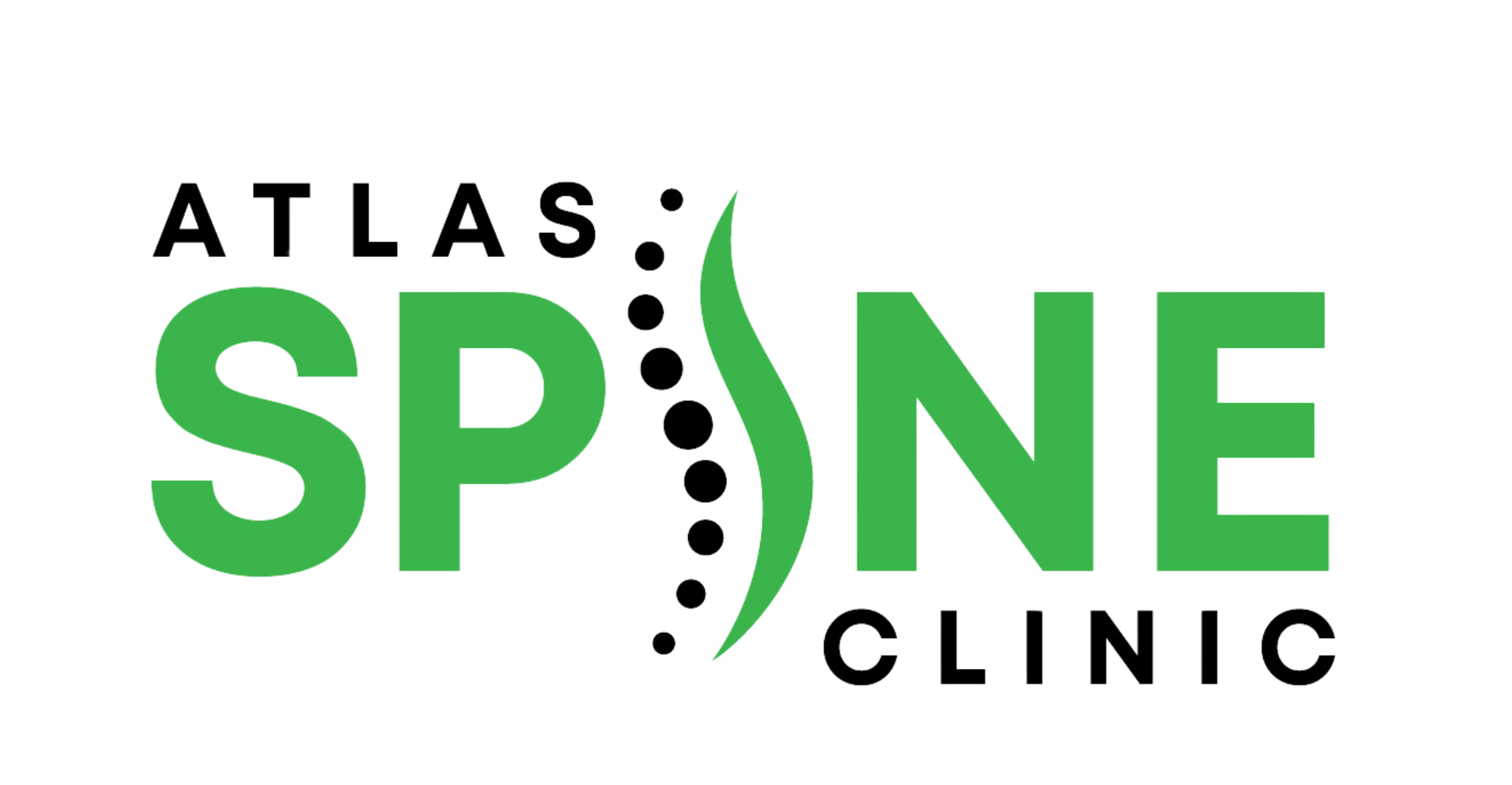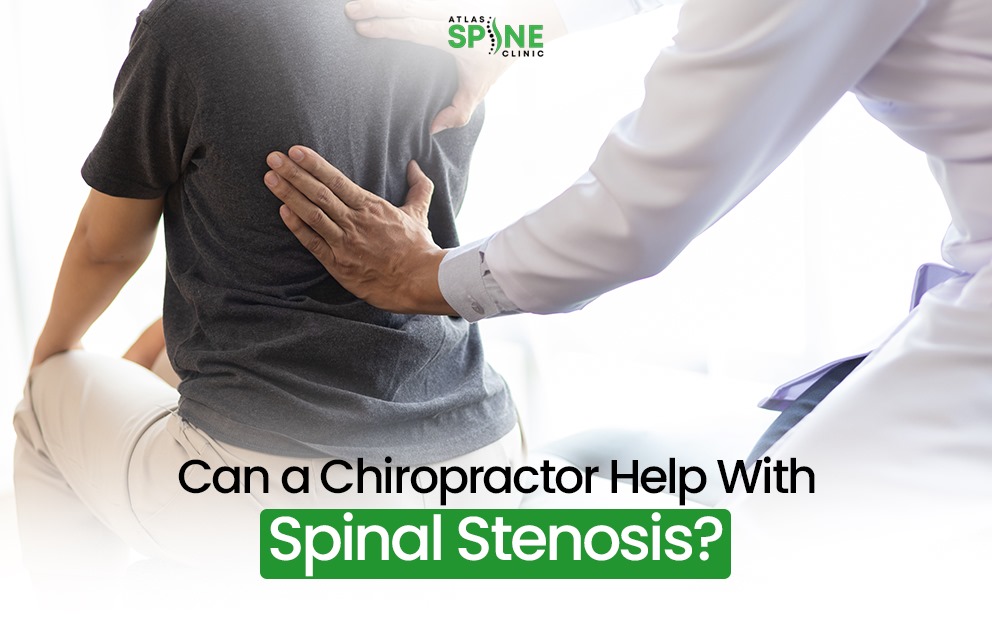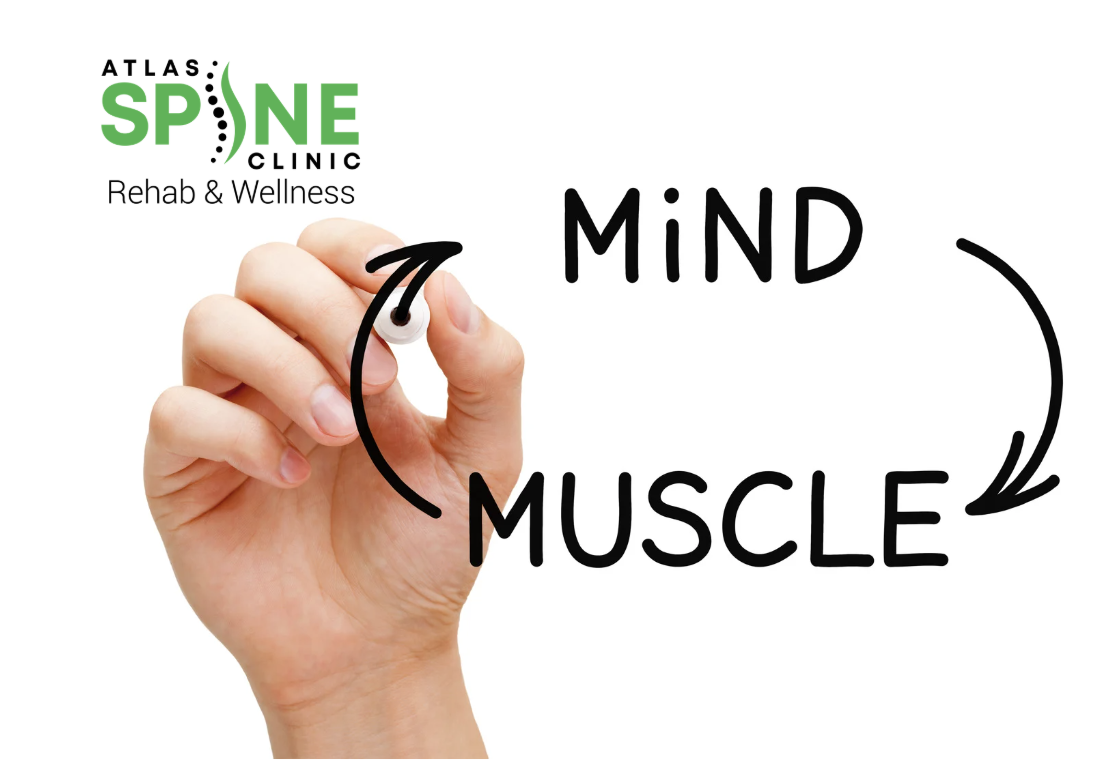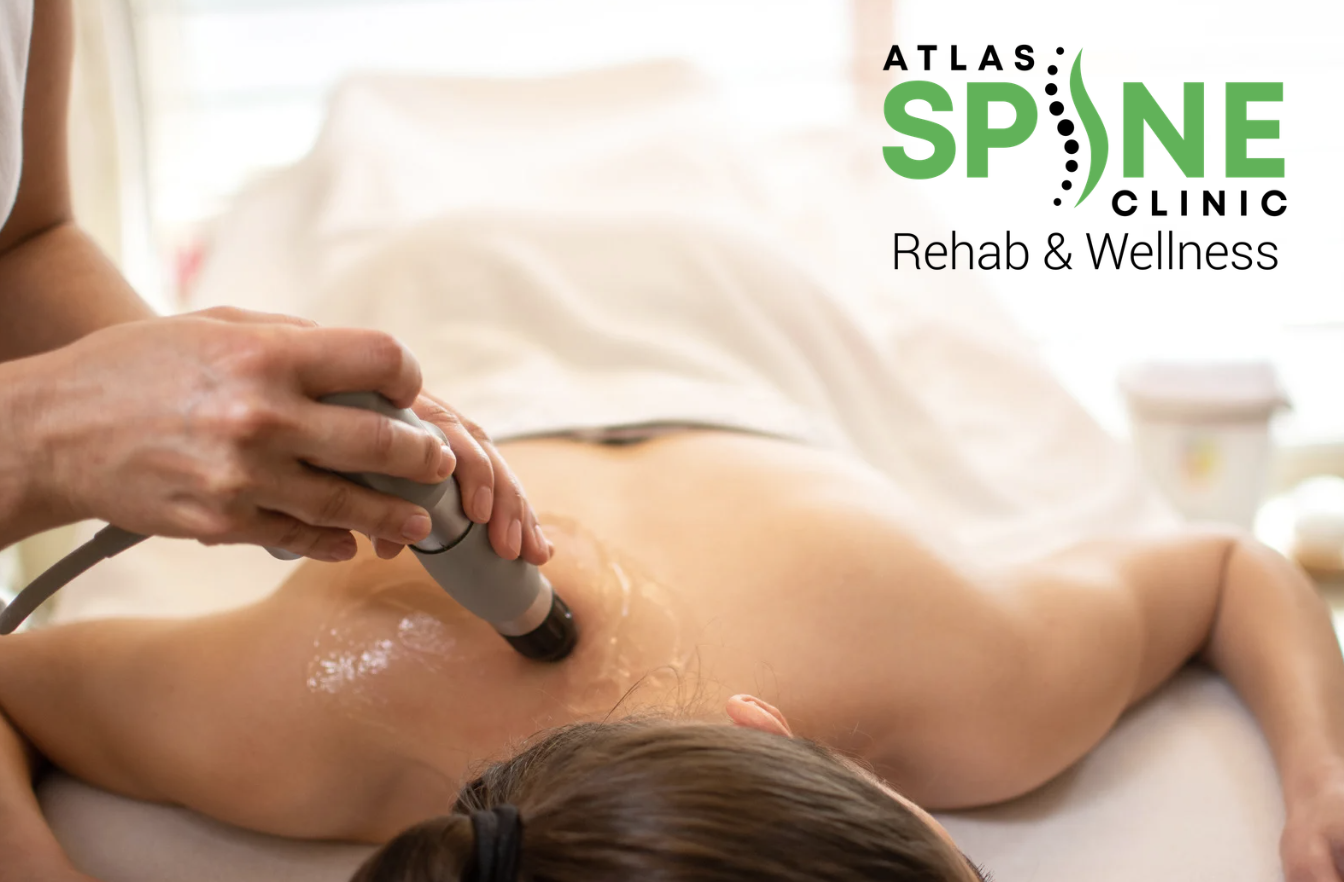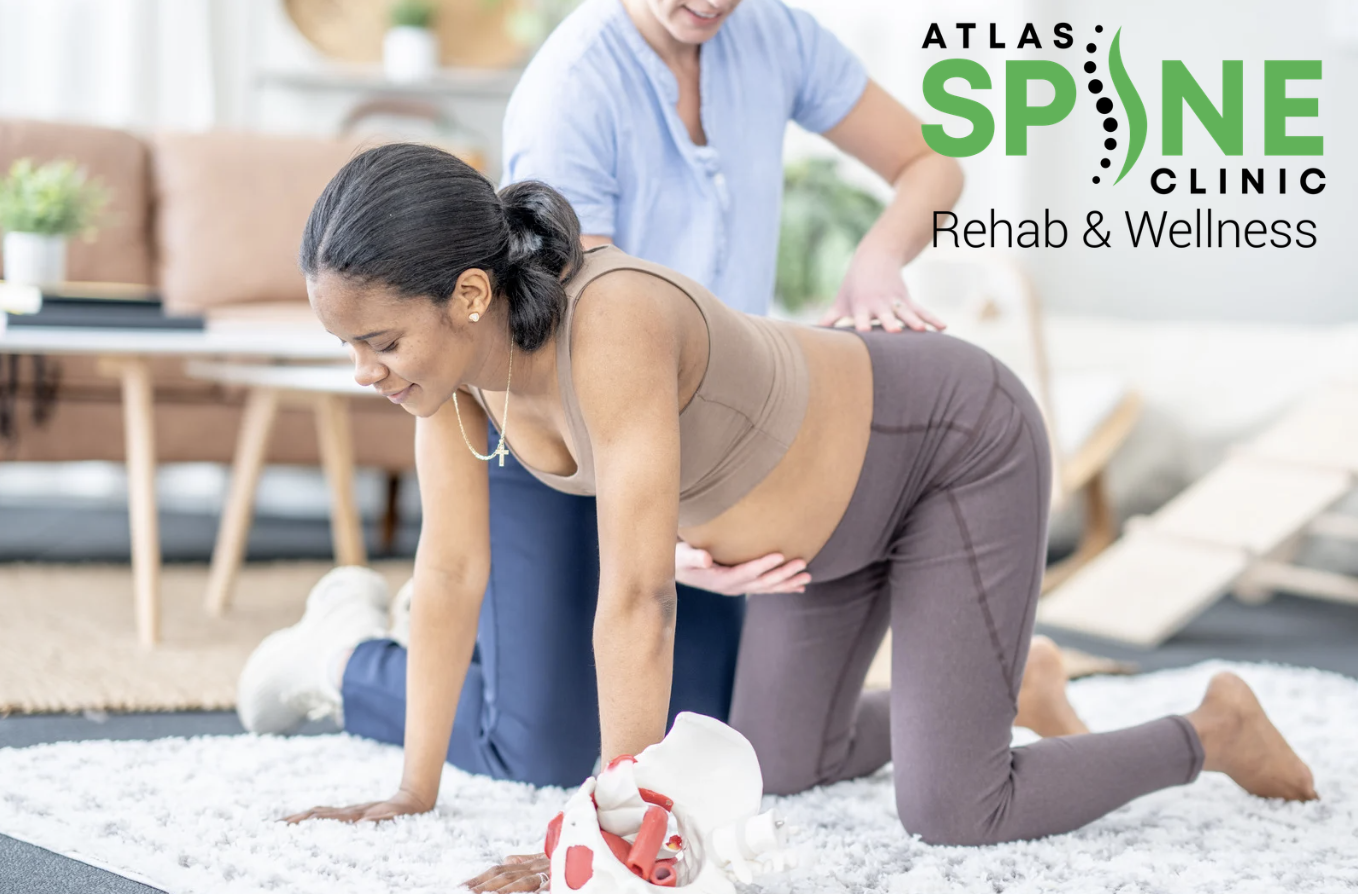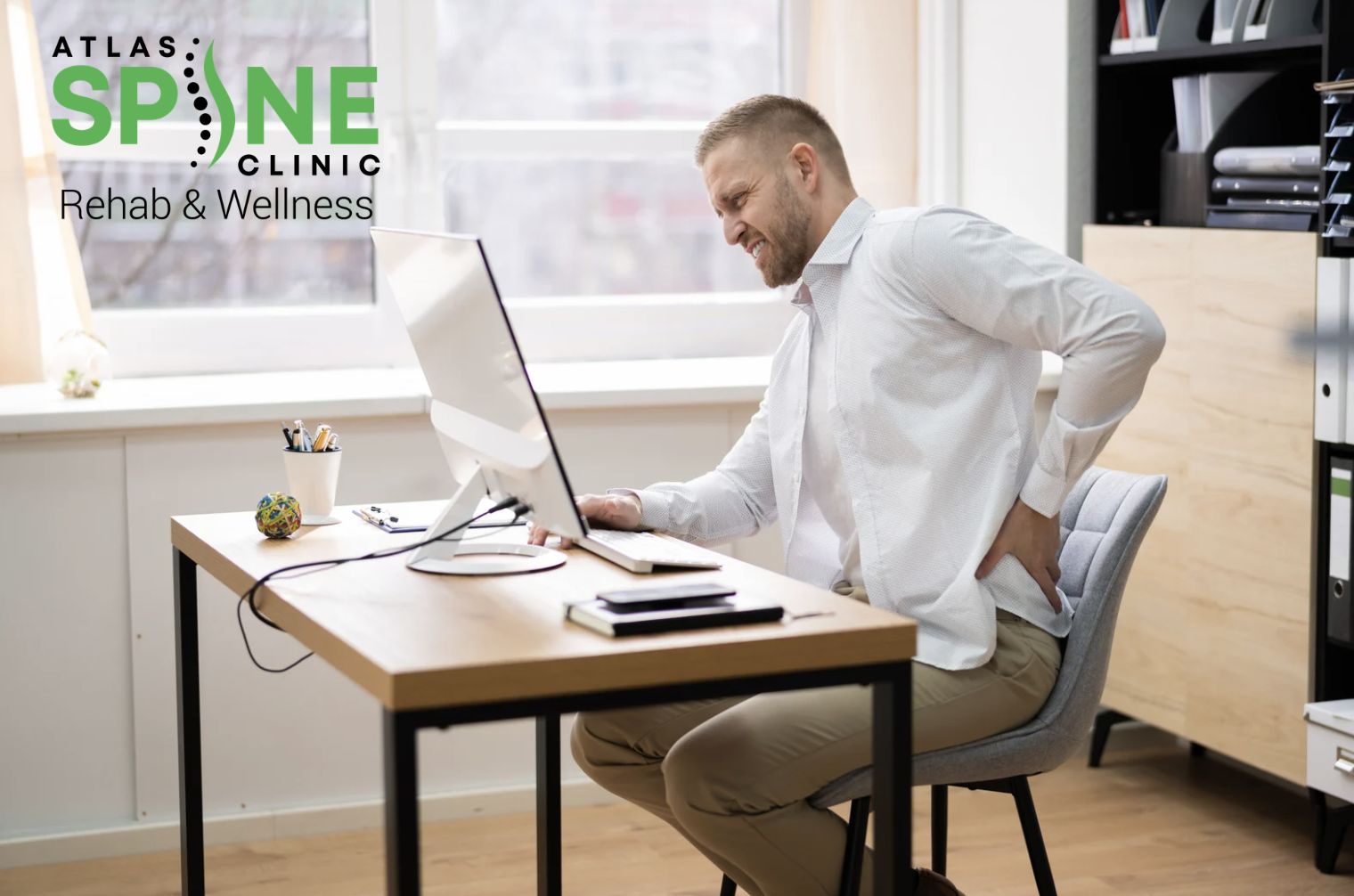Spinal stenosis often starts quietly with a bit of stiffness or discomfort that slowly turns into something more disruptive, stealing ease from your everyday movements and energy from your routine
Rather than turning immediately to surgery, many begin to ask: can chiropractic help spinal stenosis in a way that’s gentle, effective, and lasting?
For those seeking relief without medication or surgery, this path has shown more promise than expected.
What Is Spinal Stenosis?
Spinal stenosis is a condition that causes the spaces within the spine to narrow, which can press on the nerves that travel through it. It most commonly affects the lower back (lumbar stenosis) and neck (cervical stenosis).
As pressure builds on the nerves, it can lead to pain, numbness, and weakness in the limbs. This condition tends to worsen over time, especially without proper care.
Causes of Spinal Stenosis
This condition develops gradually, often due to aging or long-term strain on the spine. Below are some of the common triggers and structural changes behind it.
| Cause | Description |
| Natural aging process | Discs shrink and joints wear down over time. |
| Arthritis | Joint inflammation leads to bone overgrowth and narrowing spaces. |
| Herniated discs | Bulging or ruptured discs press on spinal nerves. |
| Bone overgrowth | Spurs develop, further tightening the spinal canal. |
| Thickened ligaments | Ligaments stiffen, reducing available nerve space. |
| Spinal injuries | Accidents can displace vertebrae into the canal. |
| Congenital narrowing | Some people are born with a small spinal canal. |
Symptoms of Spinal Stenosis
The symptoms vary based on where the narrowing happens. In the lumbar spine, it may affect walking and leg strength. Cervical stenosis often impacts the hands, arms, and balance.
| Symptom | Common Areas Affected |
| Pain | Neck, lower back, radiating to limbs |
| Numbness or tingling | Arms, hands, legs, or feet |
| Weakness | Difficulty lifting objects or standing long |
| Muscle cramping | Often in the legs during activity |
| Balance issues | Unsteady walking, frequent tripping |
| Sciatica | Sharp radiating pain down one or both legs |
| Bowel/bladder dysfunction | Severe compression may affect control
(rare but urgent) |
Do I Need Spinal Stenosis Surgery?
Surgery is sometimes needed; however, it’s rarely the first step. Most cases are managed through non-surgical treatment for spinal stenosis. They focus on relieving nerve pressure and restoring mobility.
You might be advised to consider surgery if:
- Symptoms are progressing quickly
- Pain becomes disabling
- There’s loss of coordination or bowel/bladder control
- Non-surgical care isn’t helping anymore
Until that point, there are effective alternatives to consider before opting for surgery
Can a Chiropractor Help With Spinal Stenosis?
So, can chiropractic help spinal stenosis without medication or surgery? In many cases, yes.
Chiropractic care for spinal stenosis is designed to ease nerve pressure by improving spinal alignment, increasing joint movement, and creating more space for affected nerves. In fact, a review of 70 patient cases examining chiropractic care for lumbar spinal stenosis found that many patients experienced meaningful symptom relief using non-surgical techniques like spinal manipulation and flexion-distraction therapy. It’s particularly helpful when symptoms stem from misalignment or disc-related issues.
Spinal Stenosis Treatment Options
| Treatment Option | Invasiveness | Benefit |
| Chiropractic adjustments | Non-invasive | Improves alignment and eases nerve pressure |
| Spinal decompression therapy | Non-invasive | Gently stretches the spine to relieve compressed areas |
| Physical therapy | Non-invasive | Builds back strength and improves posture |
| Lifestyle changes | Non-invasive | Enhances daily function and prevents flare-ups |
| Pain medications or steroid injections | Minimally invasive | Reduces inflammation, short-term relief |
| Surgery | Invasive | Decompresses nerves by removing bone or disc material |
At Atlas Spine Clinic, we work to support your spinal health with techniques that focus on the root cause of discomfort, not just masking the symptoms you’re feeling. Chiropractic adjustments for spinal conditions are often paired with strengthening exercises, practical advice, and lifestyle coaching.
Using spinal decompression therapy, we’ve helped many patients reclaim their mobility and reduce pain without surgery. For those looking to avoid invasive procedures, this is one of the most promising spinal stenosis treatment options.
Get Back To Normal With Atlas Spine Clinic
Chiropractic care can make a real difference. At Atlas Spine Clinic, our team takes a whole-body approach, blending natural remedies for spinal stenosis with targeted treatments to get you moving freely again.
Our approach to holistic care for spinal stenosis goes far beyond the adjustment table. That includes personalized therapy plans, postural correction, and movement training, all guided by your needs.
Managing spinal stenosis pain doesn’t have to feel unbearable. We provide consistent, expert care helps patients restore comfort, rebuild strength, and regain control over their day-to-day life.
End Note
Spinal stenosis doesn’t just slow you down physically. It chips away at the freedom to move, exercise, and live comfortably. Thankfully, you don’t always need surgery to find relief.
Chiropractic care continues to be a safe, effective option for many. Therefore, the answer to the question, can chiropractic help spinal stenosis is that with the right care plan, the results speak for themselves.
If you’re still exploring your options, this expert podcast episode shares insights from a systematic review on how chiropractic care stacks up against more aggressive interventions.
Explore your options. Prioritize spinal health. And take the first step toward lasting relief without going under the knife.
